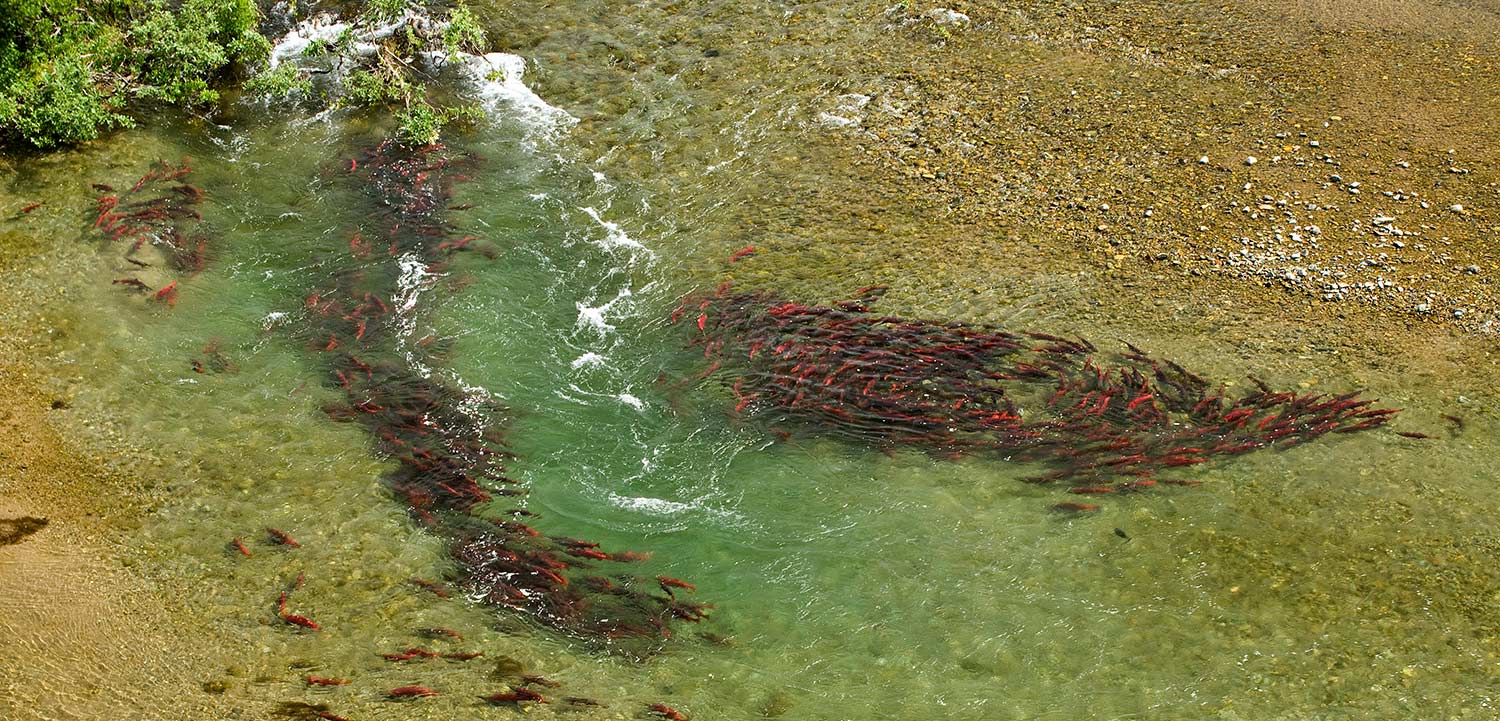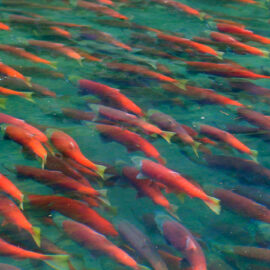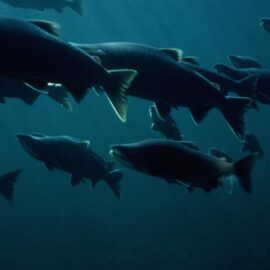Conference explores practical management options for an era of environmental change.
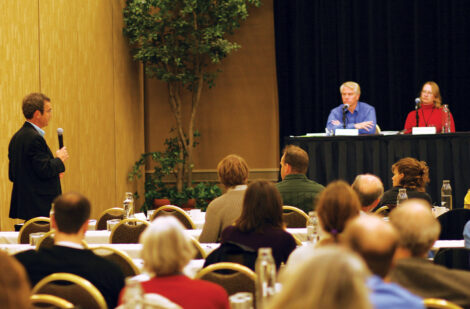
Portland, OR – State of the Salmon brought together 200 fishery resource managers, scientists, fishing industry representatives, community leaders and conservationists November 15-17 to explore issues and opportunities surrounding the theme — Salmon in a Changing Climate. Participants traveled from as far away as China, Russia and the United Kingdom to discuss how emerging science about projected climate-induced changes in marine and freshwater ecosystems should inform salmon and steelhead conservation. The workshop focused on direct links between this emerging science and related salmon resource management needs and strategies.
The conference opened with presentations on the latest science regarding climate related environmental impacts. In the marine environment, Dr. Christopher Sabine presented evidence that ocean acidification resulting from the absorption of carbon from the atmosphere has increased 30% over the last 200 years and is putting food webs in the North Pacific at risk, creating considerable uncertainty for the future of salmon and other species.
Ocean acidification impacts are already being felt and will have increasingly dramatic impacts on marine ecosystems in the future.”
Dr. Christopher Sabine, NOAA Pacific Marine Environmental Laboratory
Dr. Christopher Sabine, NOAA Pacific Marine Environmental Laboratory
For freshwater environments, current predictions are that salmon in the southern part of their range will be put at risk by higher water temperatures and lower flows. In the north, salmon may expand their range, but changes in timing of peak flows will put pressure on salmon to adapt, with uncertain consequences.
Diversity is key
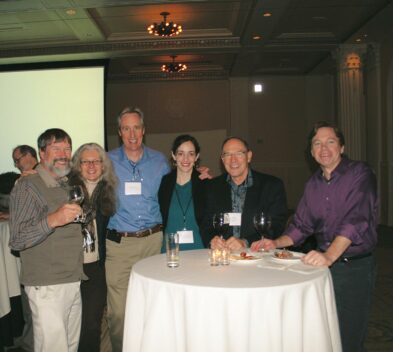
Given the scope and magnitude of these changes, Dr. Daniel Schindler presented evidence that maintaining salmon genetic and life history diversity is critically important to protecting fisheries and the people that rely on them. For example, he showed how losing diversity results in more frequent fishery closures, even if the average return stays the same. The theme of protecting diversity to mitigate climate impacts and manage risk was reinforced throughout the conference.
If you reduce the diversity in salmon stocks (i.e. overfishing and hatchery production), you reduce the capacity for adaptation, and you increase the probability of quasi-extinction.”
Dr. Daniel Schindler, University of Washington
Dr. Daniel Schindler, University of Washington
Conference participants then focused their discussions on specific case studies in three ecosystems—the Tongass (Southeast Alaska), Snohomish (Washington State) and Okanagan (British Columbia-US) basins. A clear theme across all of the case studies was the importance collaboration. Regional partnerships can help restoration efforts move beyond isolated restoration projects to building a package of actions that complement each other and make a difference on a larger scale.
